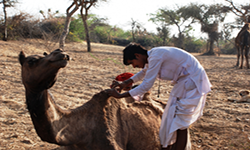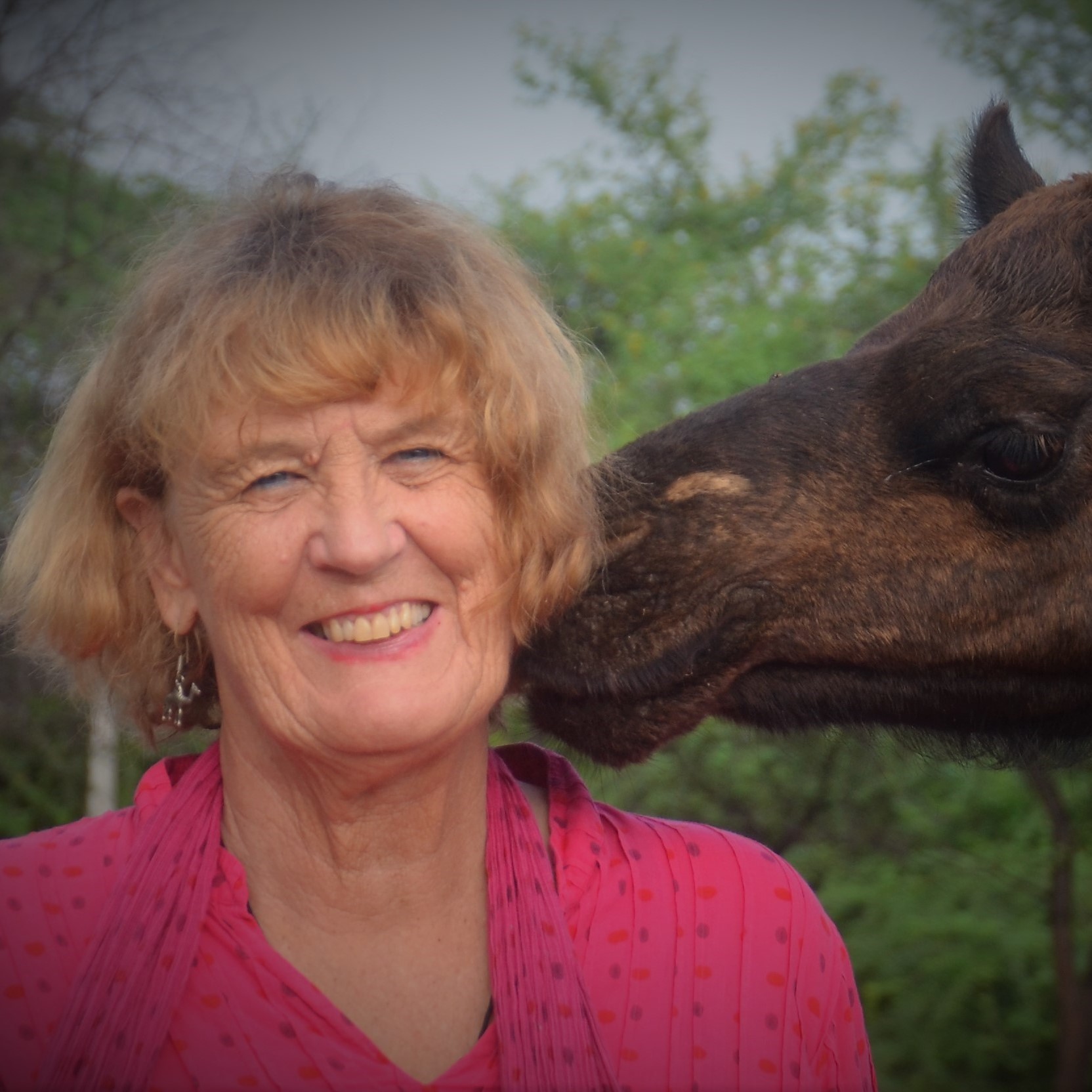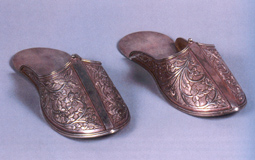
Advocacy, Case Studies, Craftspersons/ Artisanal, Employment/ Livelihood
Camel Hair: Rough, Tough, but full of character
Köhler-Rollefson, Ilse
Issue 10,Summer 2023
Issue #10, 2023 ISSN: 2581- 9410
The hair of Rajasthan’s one-humped dromedary camels is short and scratchy; it bears no similarity to the long and silky fibres of the two-humped Bactrian camel that fetches a premium in international markets.
Nevertheless, in Rajasthan, camel hair was once an important resource in the local camel culture, even if yields were only around 1 kg/head. A range of utilitarian articles were crafted from it, including ropes, blankets, rugs and even jackets. These were still very much in use when I first started my research in Rajasthan’s Pali district some 30 years ago. At the time, the shearing, spinning and weaving of camel hair was a key activity in the annual herding cycle of the Raika, the people who represent Rajasthan’s major pastoralist community. Shearing marked the transition from the cold to the hot season; it was a communal ritual performed around the time of Holi for which the herders aggregated in their home villages to jointly shear each other’s herds.
The purpose of shearing was not just to harvest the wool, but also to keep the camels healthy. It was a sign of good camel management, for, during the wintertime, microscopic mange mites, often burrow themselves deep into the skin, causing itchiness, hair loss, and inflammation that can even lead to death if left untreated. Removing a layer of hair exposes them to sunlight and keeps mange, locally known as pom, under control. As if they are aware of this, most camels...
This is a preview. To access all the essays on the Global InCH Journal a modest subscription cost is being levied to cover costs of hosting, editing, peer reviewing etc. To subscribe, Click Here.
ALSO SEE
The Tradition of Foot Covering in Indian Cultur...
Pathak, Anamika
The Cultural Diversity Umbrella
Jongeward, Carolyn



